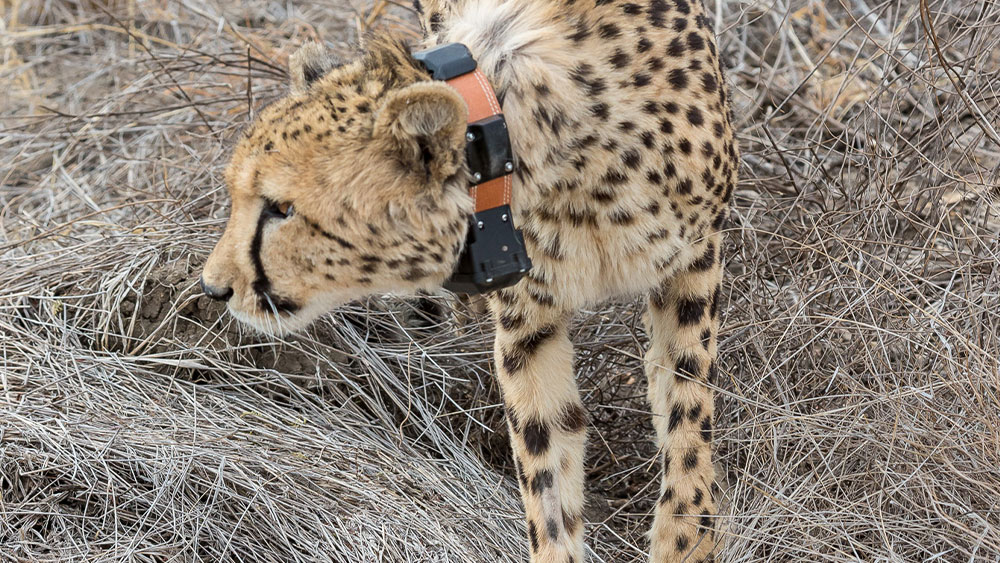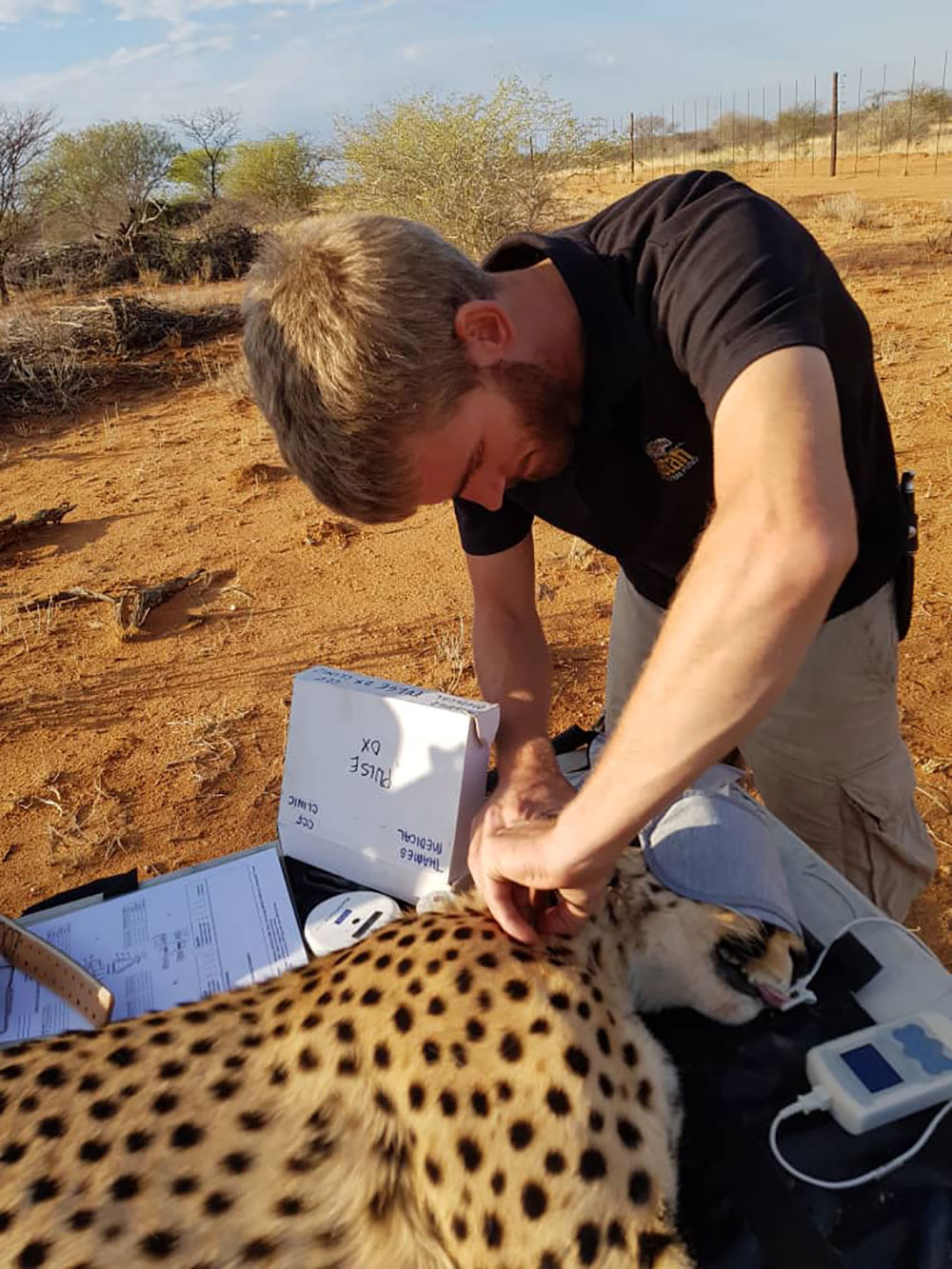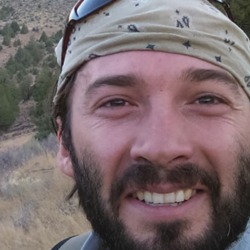Returning orphaned cheetahs to the wild – what we’ve learned
-

- by Brandy Morenko Campbell 16 February 2022

Our Founder, Dr Laurie Marker, co-authored a recent scientific journal article about returning orphaned cheetahs to the wild – a subject that we’re regularly asked about on social media, and Dr Marker is asked about when giving talks around the world. We’ve summarised the article below, but if you’d like to read the original you can do so here.
Over 75% of the cheetahs total range covers unprotected lands, where the its survival is threatened by habitat loss and conflict with humans. CCF rescues cheetahs that were orphaned due to human-wildlife conflict and gives these individuals the opportunity to transition back into the wild. With only 7,100 adult and adolescent cheetahs remaining in 9% of their historic range, the rehabilitation and release of orphaned wild individuals could mitigate the pressure on already vulnerable wild populations.
By trying to understand how we can improve the survival rate of wild-born, captive raised cheetahs is crucial, so CCF has the methods we use with the released of 36 cheetahs between 2004 and 2018 and compiled the results for this recently published study.
The study showed high success rates in achieving independence (75-96%) – which is where released cheetahs are able to settled quickly into a behavioural routine expected of a wild cheetah, and survival rates were similar to wild cheetahs. There was also evidence of successful breeding – the ultimate measure of release success. Through many years of researching various release methods, CCF researchers found that by carefully selecting who is released where, and close monitoring before and after release, cheetahs can learn and utilise the survival skills they need to be returned to the wild and live normal cheetah lives. The success of returning wild-born, captive-raised cheetahs to the wild has been debated for decades, but with our work to improve post-release survival rates, we’ve proved that it can be done and hopes that others follow our lead.

We have learned that selecting the right cheetahs for release is critical for how able they are to survive once they’re back in the wild. As cubs that were orphaned when they were aged six months or older had spent more time with their mother learning the skills they need, their older age may have improved survival. When younger cubs were paired with a slightly one to form a coalition, their survival rate may also increase. Released cheetah must be comfortable enough around humans that close monitoring can happen, but they can’t be so comfortable that they lose fear of humans, become dependent on them, or end up in a conflict situation.
To be released, CCF found that cheetahs must be at least two and a half years old. To prepare for release, they must exercise daily and be introduced to carcasses of natural prey to adjust them to hunting and eating their own catches. We also found that pre-release hunting training under close supervision may help to identify cheetahs who have inadequate hunting skills. Suitable habitat must also be identified for the released cheetah, which should have enough prey and a reliable water supply.
Once all of the above preparations are completed, the rehabilitated cheetahs are ready for release. They are radio collared so that we are able to locate and monitor them daily, ensuring they are healthy. We found that within two weeks, most released cheetahs will gain their full independence, as they start hunting successfully. Until this point, they may require some supplemental feeding if deemed necessary by those monitoring them. We will continue our research to find way we can give orphaned cheetahs the best chance in the wild, so they can all contribute to a future world where healthy wild cheetahs roam.
If you’d like to support our research and conservation work, please head on over to our donation pages.
The full article is entitled Recommendations for the rehabilitation and release of wild-born, captive-raised cheetah: the importance of pre- and post-release management for optimising survival, and was written by Eli H. Walker, Stijn Verschueren, Anne Schmidt-Küntzel, and Dr Laurie Marker.
Related Reading
-
3 May 2023
Meet the team: Bogdan Christescu, PhD

